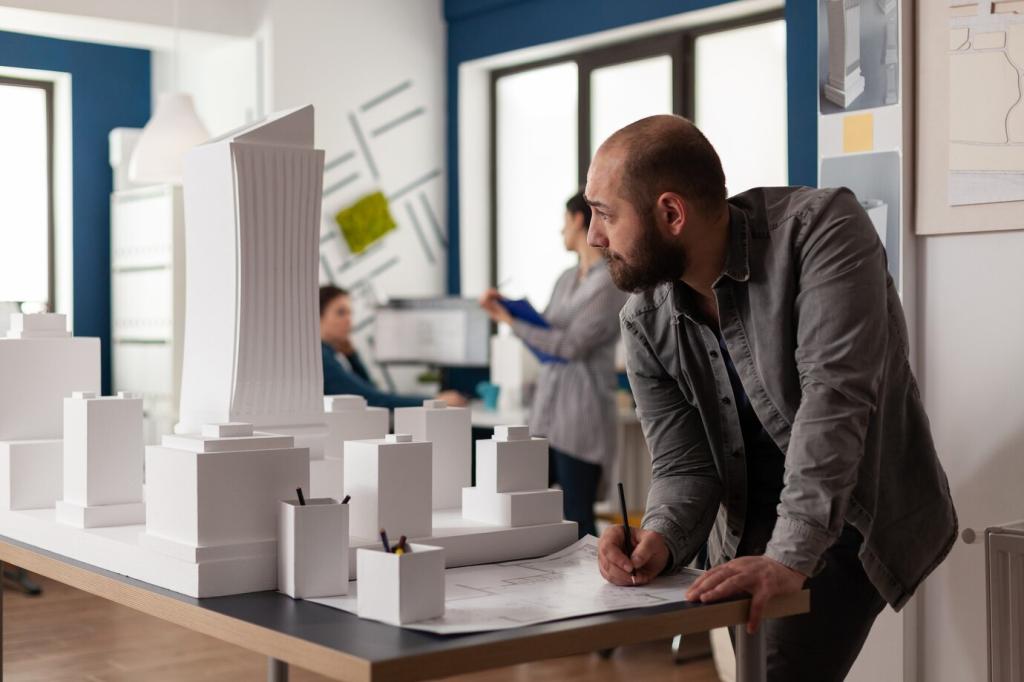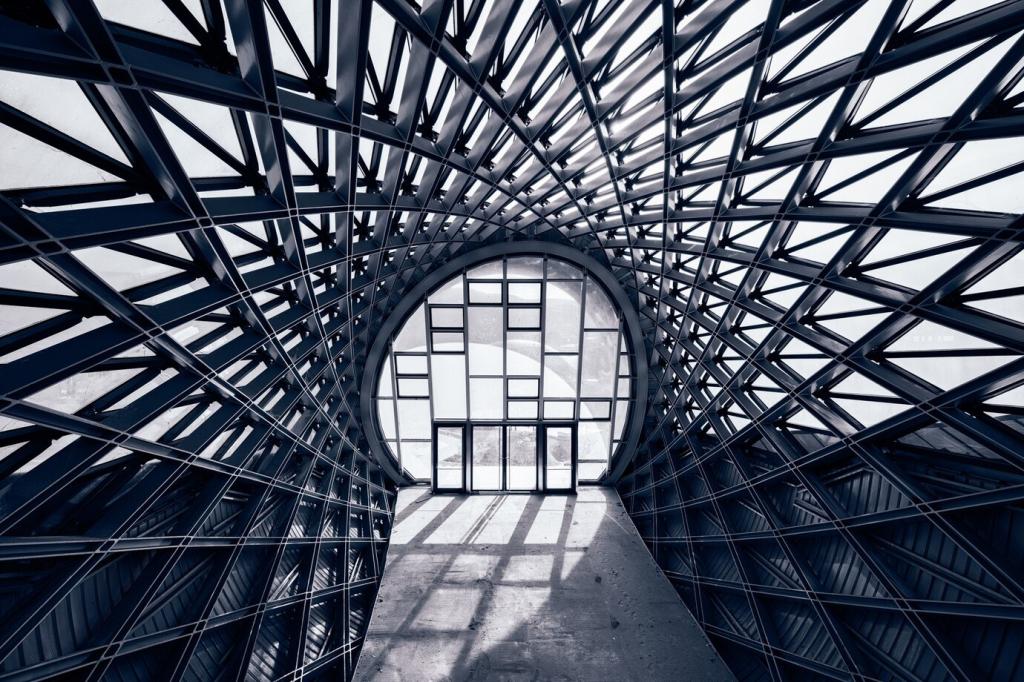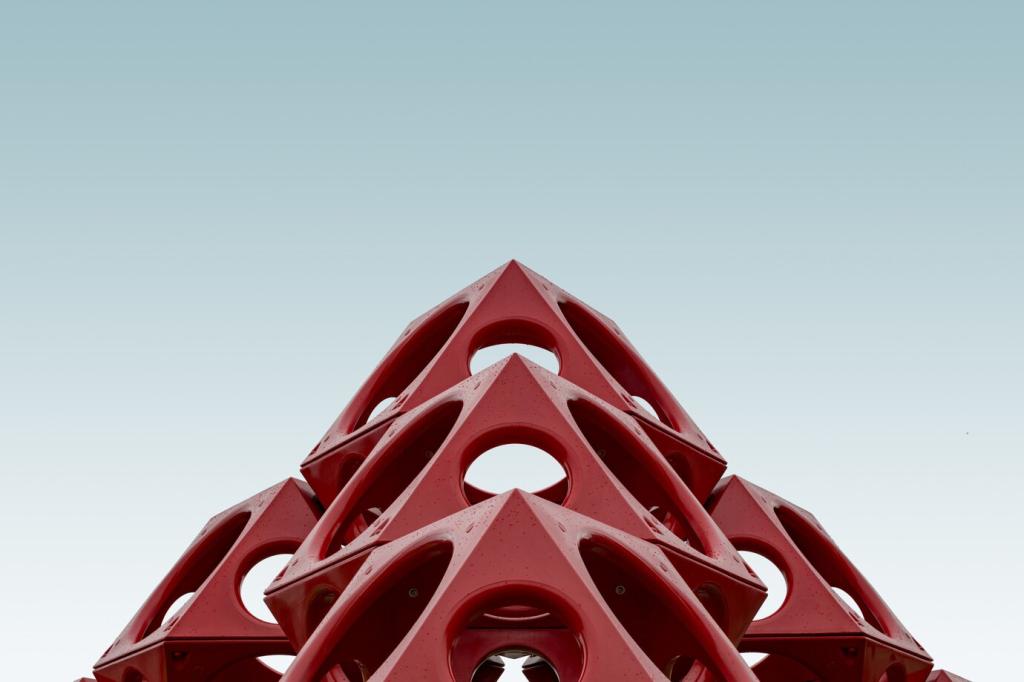Innovative Design Strategies in Sustainable Architecture
Innovative design strategies in sustainable architecture are transforming the way buildings interact with the environment, enhance occupant well-being, and reduce ecological footprints. Emphasizing both efficiency and creativity, sustainable architecture marries forward-thinking design principles with environmentally responsible practices. This synergy has fostered a new wave of solutions that minimize resource consumption, enhance energy performance, and create healthier spaces for users. Within this context, architects are employing new materials, smart technologies, and bioclimatic principles not only to meet regulatory benchmarks but also to inspire a broader cultural shift towards more sustainable living. The evolution of these strategies continues to shape our built environment and redefine the standards of modern architecture.

Passive Design Principles
Site Orientation for Energy Efficiency
Optimized Building Envelope
Daylighting and Natural Ventilation
Advanced Material Selection

Energy-Efficient Technologies
Building Automation and Smart Controls


On-Site Renewable Energy Integration
Water Conservation and Management

Rainwater Harvesting Solutions

Greywater Recycling Systems

Low-Flow Fixtures and Efficient Appliances
Biophilic and Ecological Design

Repurposing Existing Structures

Design for Change and Modular Components

